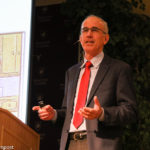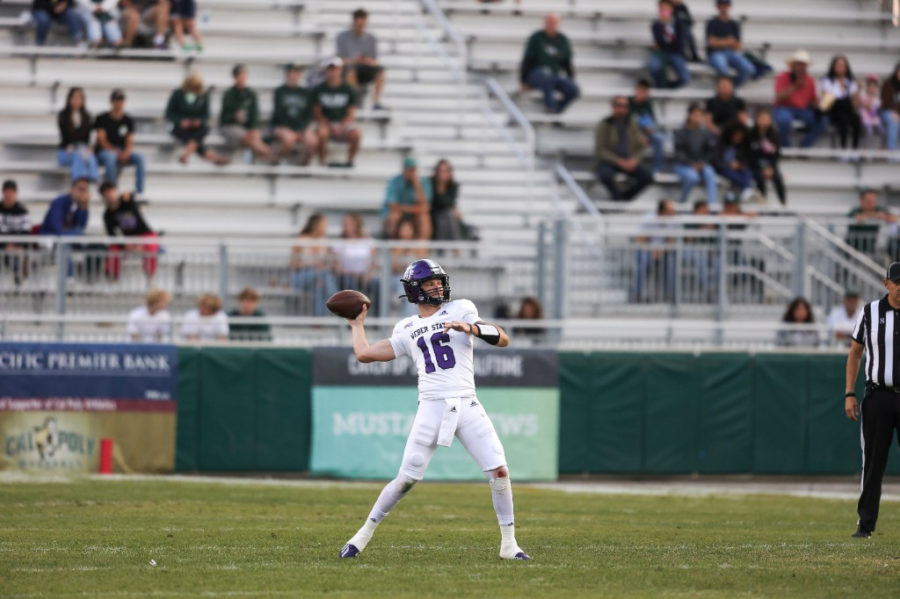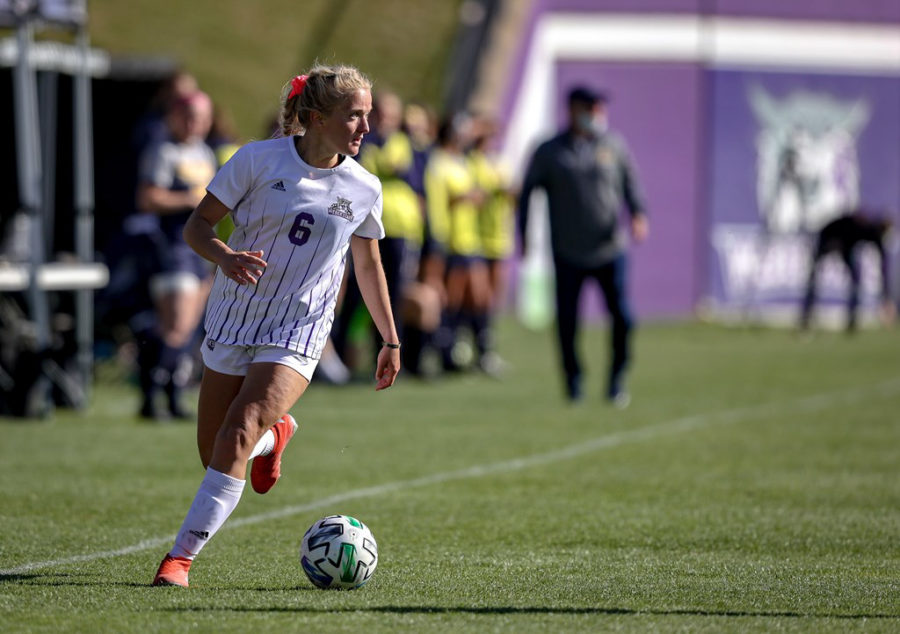Emergency medical services personnel, students and faculty gathered in the Shepherd Union ballrooms to listen and discuss ideas about the ever-changing and fast paced field of emergency medicine on Feb. 1.

The Heart Matters Symposium had been in the works for about a year, according to Bill Robertson—assistant professor and co-chair of the Department of Emergency Care & Rescue at Weber State University.
The symposium was hosted by the Dr. Ezekiel R. Dumke College of Health Professions.
“I think for people who work in emergency medicine, this is huge because they get to see what contributes to the guidelines that guide us when we do our job,” Robertson said.
David Page was first to take the stage during the symposium and he spoke about the importance of research in the EMT field.
Page is the current director of the Prehospital Care Research Forum at the University of California, Los Angeles. Page also has close to 30 years of EMS experience, both as a provider and an educator.
“Page is a colleague of mine that I’ve known for the past few years,” Robertson said. “And we’ve done research together.”
Page’s discussion focused overall on the research that is done by those who are working in the emergency medical profession.
Robertson said the symposium and the speakers were brought in as a way to encourage research within the profession, and to help give people the initiative to do their own research rather than relying on other professionals to do research for the field.
“As a health profession, we are in our infancy compared to some of the other professions,” Robertson said. “And we are not known for being very involved in our research like some of the other professions.”
Dr. Keith Lurie was the keynote speaker for the symposium and used his time to speak about his current research and the future of certain techniques in the field of emergency medicine, more specifically within the realm of cardiopulmonary resuscitation or CPR.
Lurie is a practicing cardiac electrophysiologist and a professor of internal and emergency medicine at the University of Minnesota.
Lurie received his undergraduate education at Yale and his medical degree from Stanford. Lurie has also published over 200 scientific articles on his research into cardiac arrest.
“To have him here on campus is huge,” Robertson said of Lurie. “For those of us that work in this field, a lot of the stuff that he’s done has been quite impactful for what we do as clinicians.”
Lurie spoke about his current research and hopes for the future of emergency medicine.
“Nationally, we have a less than 10 percent survival rate for out-of-hospital cardiac arrest,” Lurie said.
According to Lurie, conventional CPR only provides 15-30 percent of normal blood flow to the heart and brain.
A good portion of Lurie’s latest research has focused on the position of the patient during CPR.
The research was first conducted on pigs. Lurie said that pigs were given CPR with their head down at a 30-degree angle, with their head up at a 30-degree angle and then with their head level with the table.
While the ‘head up’ position has shown positive effects, including lower intracranial pressure during CPR, Lurie said that further research is still needed.
Lurie concluded his speech with the idea that one of the biggest problems with current CPR is that we do not have a way to measure the effectiveness of CPR as it is being performed.
“There are zero technologies—zero—in 2016 to guide us whether we are doing good CPR,” Lurie said. “We need to solve this critical issue so that we are not flying blind anymore.”
Nicole Lowder, a sophomore at WSU, is majoring in medical laboratory sciences.
“I thought the symposium was very informative,” Lowder said.
Lowder said her father has heart disease and has had multiple heart attacks but is hopeful for the future of this research.
Robertson said that he hopes to make the symposium an annual or bi-annual event.
“Based on the response today,” Robertson said, “we are thinking of doing this again and bringing in different speakers to talk on similar topics.”













